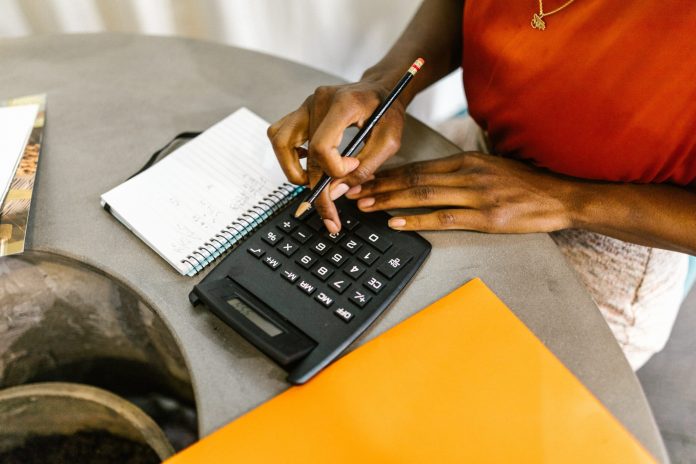By Aleksandra Vayntraub // SWNS
NEWS COPY W/ VIDEO + INFOGRAPHIC
Seven in 10 women have set aside money in their budget just to afford feminine hygiene products, new research suggests.
A survey of 2,000 American women found that although respondents reserve an average of $30 per month for sanitary pads, tampons and other related products, 47% “always” or “often” go over budget.
Women in the Northeast reported having the hardest time affording feminine hygiene products, with 82% having to set aside extra money.
Members of the arts and entertainment industry were most likely to struggle with paying for these products (95%), while 78% of education professionals echoed this sentiment.
Conducted by OnePoll on behalf of Premom, the survey also found that 73% believe these essential items should be accessible at all costs.
?enablejsapi=1&autoplay=0&cc_load_policy=0&cc_lang_pref=&iv_load_policy=1&loop=0&modestbranding=0&rel=1&fs=1&playsinline=0&autohide=2&theme=dark&color=red&controls=1&” class=”__youtube_prefs__ no-lazyload” title=”YouTube player” allow=”accelerometer; autoplay; clipboard-write; encrypted-media; gyroscope; picture-in-picture” allowfullscreen data-no-lazy=”1″ data-skipgform_ajax_framebjll=””>
Respondents think feminine hygiene products should especially be free of cost in high schools (39%), medical facilities (38%) and public restrooms (35%).
Another issue women face is lack of accessibility, with 46% saying they have trouble finding feminine hygiene products in stores.
Half of women in the Southeast said their convenience store doesn’t always carry these products, while just over half in the Northeast said that finding these products in department stores and drugstores can be difficult.
On average, women have to travel around six miles to secure the feminine hygiene products they need, and 83% stock up while they’re at the store to avoid another trip back.
That may be why seven in 10 said they always have feminine hygiene products at the ready, regardless of whether or not they need any themselves.
“Our results show that most women believe that access to affordable menstrual products is a basic necessity. With today’s technological advancements in FemTech, women have the ability to better understand their menstrual cycle patterns so they could be more empowered taking care of their health,” said Sherry Liu, founder and CEO for Premom. “Educating women on the importance of tracking their cycles and consistently committing to do so can help adequately prepare them for fertility health care even with limited access to resources.”
More than two-thirds think it’s unfair that they have to pay for feminine hygiene products.
About half of all respondents believe federal and state governments should be responsible for providing free feminine hygiene products, with 45% saying the onus should be on doctors’ offices, hospitals and health clinics.
And nearly two-thirds believe that feminine hygiene products should be covered by health insurance.
“Period equity isn’t only financial. As a physician, I have significant concerns about related health issues, as attempting to use unapproved alternatives or extend the life of period products can potentially cause serious infections,” said Dr. Patti Haebe, Chief Medical Advisor for Premom.
WHERE SHOULD FREE PERIOD PRODUCTS BE AVAILABLE?
High schools – 39%
Doctors’ offices, hospitals and health clinics – 38%
Middle schools – 36%
Public restrooms – 35%
Colleges – 34%
Prisons – 33%
Airports – 31%
Hotels – 30%
Restaurants and cafes – 29%
Event halls – 29%

